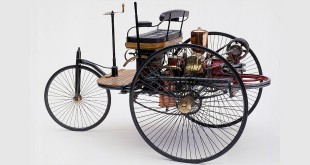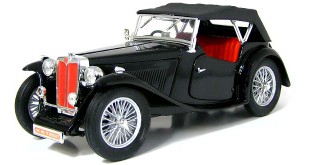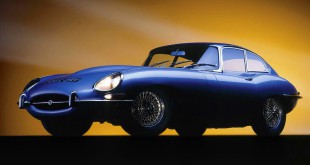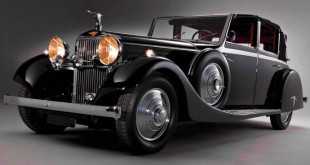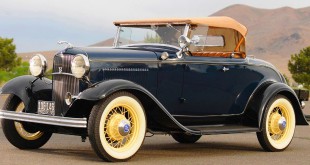Datsun —  The Datsun 240Z (1970; Japan) was a fastback car with a 6-cylinder, 160-hp, twin-carburetor engine and a 4-speed manual transmission.
The Datsun 240Z (1970; Japan) was a fastback car with a 6-cylinder, 160-hp, twin-carburetor engine and a 4-speed manual transmission.
The S30 Nissan/Datsun 240Z (known in Japan as the Fairlady Z and later in other markets as the 260Z and 280Z) are sports cars produced by Nissan Motors, Ltd. of Japan in the 1970s. HLS30 was the designation of the left-hand drive model and HS30 for the right-hand drive model. The 240Z was introduced in 1969 with a 2.4 liter straight-6 engine, rear wheel drive, and a stylish coupe body. The engine, based on the Datsun 510’s 4-cylinder produced 150 hp (112 kW) and came with a 5-speed manual transmission (USA model received a 4 speed manual). A 4 wheel independent suspension consisted of MacPherson struts in front (borrowed from the Datsun Laurel C30) and Chapman struts in back. Front disc brakes & rear drums were standard.
Production began in 1968, the 1970 240Z was introduced to the American market by Yutaka Katayama, president of Nissan Motors USA operations, widely known as ’Mr. K’. The early 1970 model 240Z had a chrome “240” badge on the B-pillar quarter panel. Two vents were included in the rear hatch below the glass molding. In mid-1971 the B-pillar side badges were restyled with the letter Z in white, and the vents were eliminated from the hatch. Design changes for the US model occurred throughout production and are described Design and Manufacturing Changes to the U.S. Spec
The 240Z and 260Z used twin one-barrel side-draft SU-like carburetors. The carburetors were changed beginning with model year 1973 to comply with emissions regulations, but the earlier carburetors were far superior for performance. Fuel injection (L-Jetronic electronic fuel injection, designed by Bosch) was added for the 280Z in 1975. This was primarily in order to cope with the difficulty faced in getting enough power using carburetors while still meeting US emissions regulations.
Due to its relatively low price compared to other foreign sports cars of the time (Jaguar and Porsche), it became hugely popular in the U.S. and was a major success for the Nissan Motor Corporation, which at the time sold cars in North America under the name Datsun. The 240Z also broadened the image of Japanese car-makers beyond their econobox success. The Z was very successful in racing in the 1970s (Bob Bondurant and his (Brock Racing Enterprises) BRE racing team, with John Morton driving a Datsun 510, number 46, was particularly successful). The Z is also credited as a catalyst for the current import performance parts industry.In 2004, Sports Car International named this car number two on the list of Top Sports Cars of the 1970s.
Datsun was an automobile marque. The name was created in 1931 by the DAT Motorcar Co. for a new car model, spelling it as “Datson” to indicate its smaller size when compared to the existing, larger DAT car. Later, in 1933 after Nissan Motor Co., Ltd. took control of DAT Motorcar Co., the last syllable of Datson was changed to “sun”, because “son” also means “loss” in Japanese, and also to honour the sun depicted in the national flag, hence the name “Datsun” : Dattosan. Nissan phased out the Datsun brand in March 1986. The Datsun name is most famous for the sports cars referred to as the Fairlady roadsters and later the Fairlady (240Z) coupes.
 Kids Portal For Parents India Kids Network
Kids Portal For Parents India Kids Network
